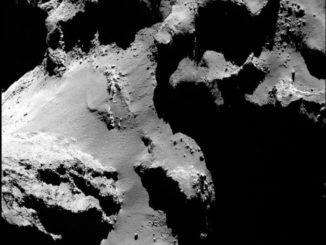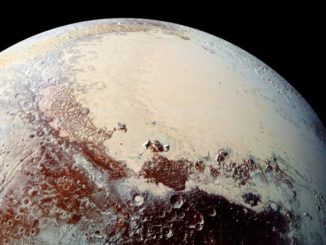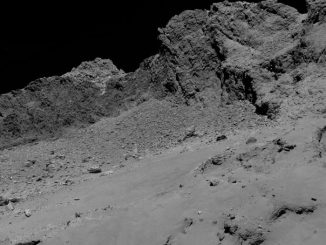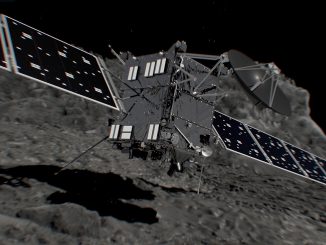
ESA’s Rosetta mission






Live coverage: Rosetta’s final hours
Europe’s Rosetta spacecraft will close out a historic 4.9-billion-mile journey Friday with a slow-speed crash into the nucleus of comet 67P/Churyumov-Gerasimenko, the tiny world it has studied for the last two years, capturing some of the mission’s best science data to help unravel the inner workings of the comet. Confirmation of the crash landing should arrive on Earth around 1218 BST.

European Rosetta spacecraft poised for comet crash landing
The European Space Agency’s Rosetta spacecraft closed in Thursday for a deliberate crash landing on the surface of comet 67P/Churyumov-Gerasimenko on Friday, a slow-motion kamikaze plunge to bring the enormously successful mission to an end after more than two years of unprecedented close-range observations.


No large caverns found inside Comet 67P
Comets are known to be a mixture of dust and ice, and if fully compact, they would be heavier than water. However, measurements have shown some of them to have densities much lower than that of water ice, implying that comets must be highly porous. A new study of low-density Comet 67P/Churyumov-Gerasimenko using data from ESA’s Rosetta spacecraft rules out a cavernous interior.
